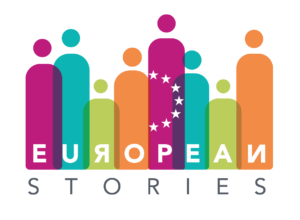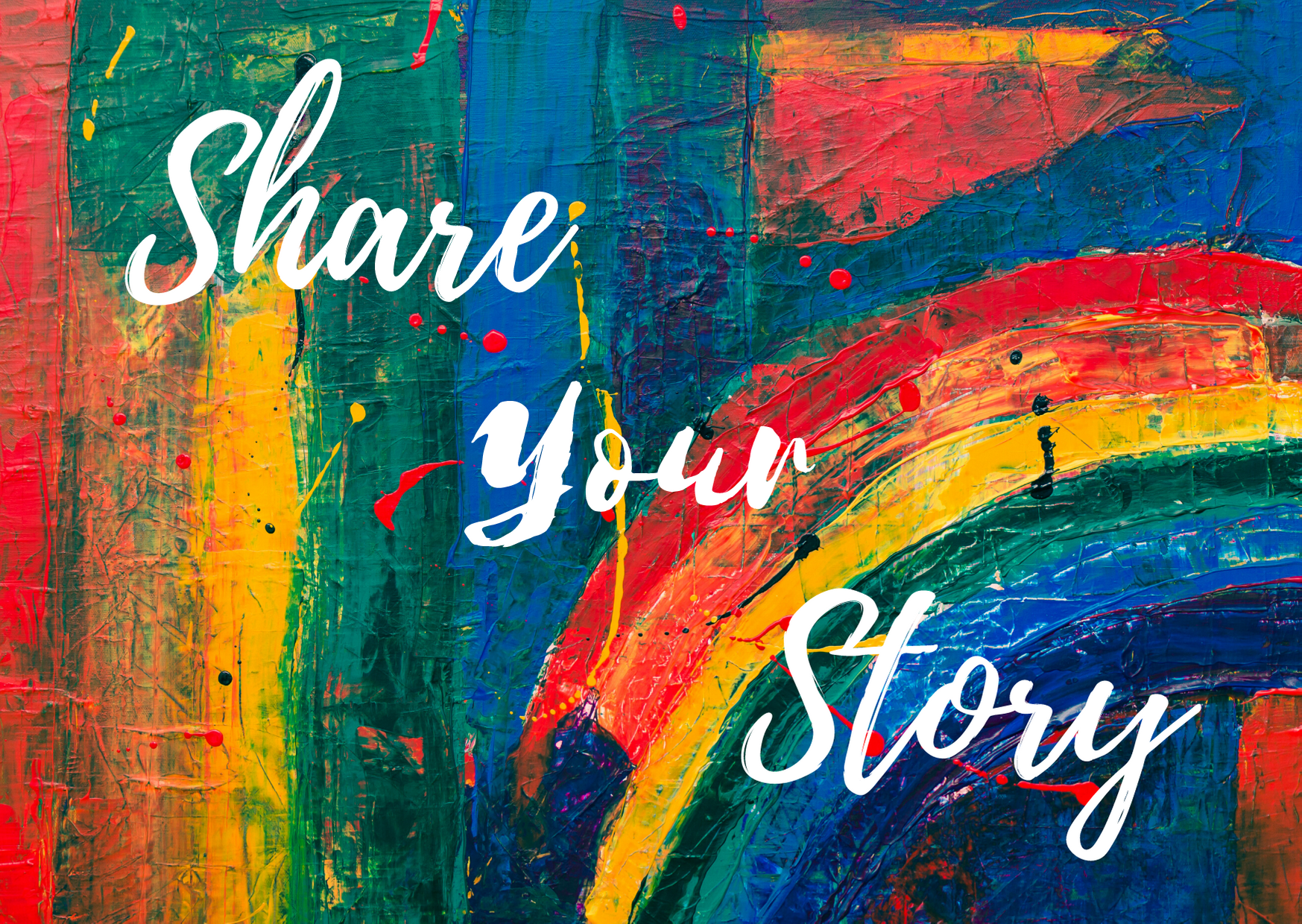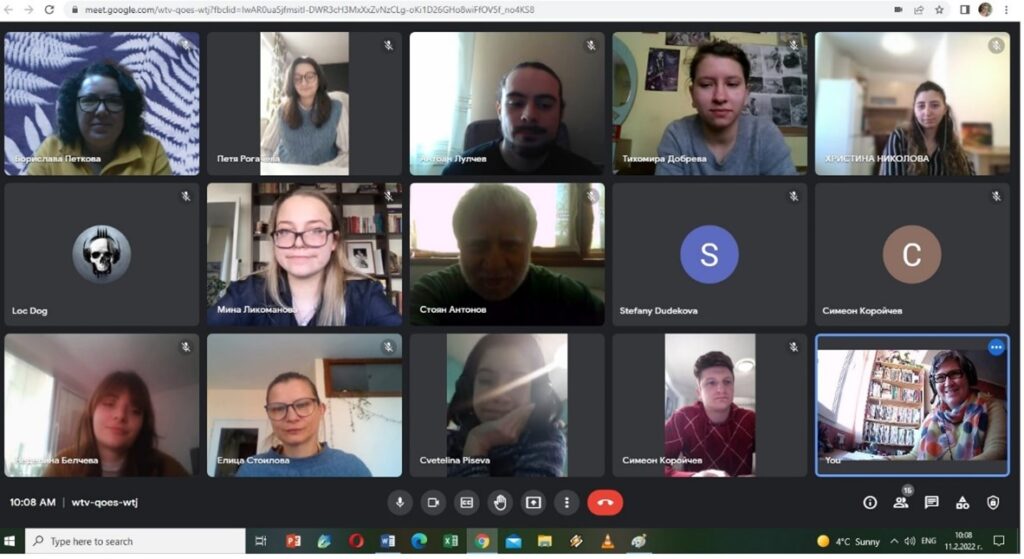By Intercultura Consult
In March 2020 we met with a group of artists and representatives from the cultural tourism and creative sector in Sofia, Bulgaria. We discussed how they integrate storytelling in their work and their approaches. Here is what we learned from them!

Personal stories are an integral aspect in the creation of cultural and artistic content. To include them in their work, creators have tested specific approaches (discussed below) that also comply with ethical standards.
- Depending on the ‘actual’ participants in the tour or format/audience, carefully selected aspects of the story come forward and drive the intended creative message home, balancing the personal and public aspects of the final ‘product’.
- When using multiple personal stories, there is an advantage to using a structured template that helps integrate all stories seamlessly into the final creative output. In addition, the approach of weaving multiple stories into a common story or experience, creates an opportunity for the receiving audience to open up and share their own stories.
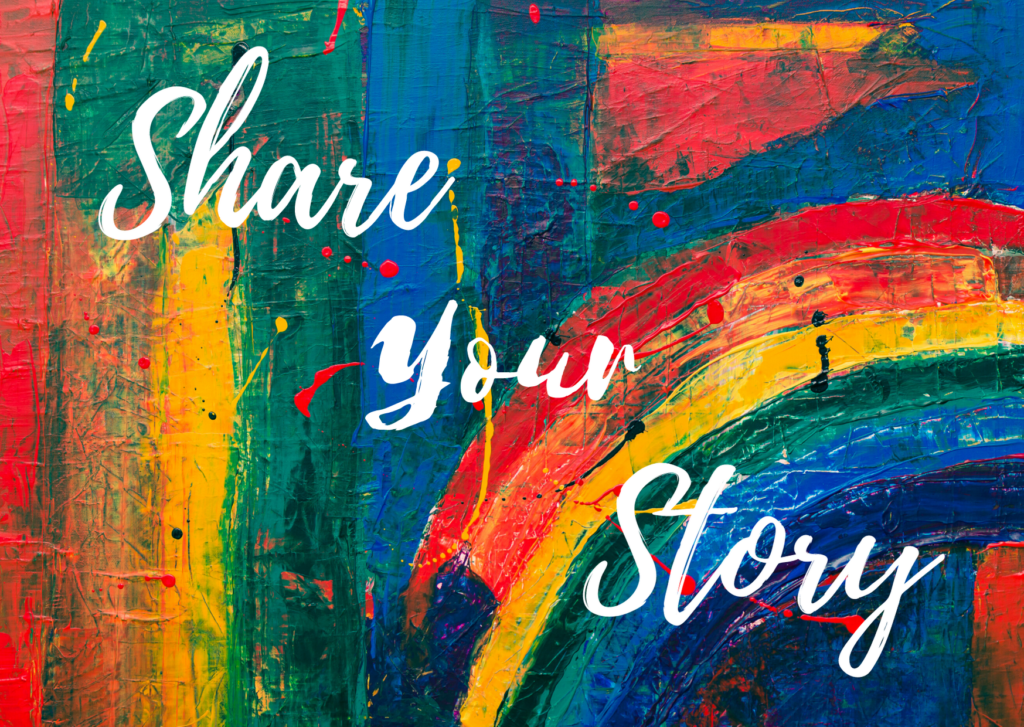
‘When creating cultural content, always consider the perception of the specific audience.’
It is important, however, to comply with some ethical standards when using personal stories such as a truthful presentation of the story; due care for the person who shared their story as well as compliance with GDPR and local legislation.
Specific guidelines include:
- Personal stories create the point of contact between the cultural content and the audience, while truthful facts build an environment of trust.
- When presenting facts, creators seek to use an accessible language for the wide audience without over simplifying the content in a way that would ‘estrange’ experts in the field.
- Additionally, today’s widely accessible technology allows everyone to ‘check accuracy’, making it more important than ever to ensure the quality of the information presented.
- Apart from the content, the storyteller’s focal point in introducing the topic while grabbing the audience’s attention requires special attention. They have to live up to the expectation of authenticity, being persuasive, open and vulnerable at once. Often, they are the first source of information for the audience and this ‘initial’ entry point is the reason for the audience to become interested in the topic or not.
- When telling a story, we can employ the method of discovery where the audience is invited to uncover the story themselves. Attention grabbing points of the story are very useful in the discovery process, e.g. in building suspense and offering cues and leads.
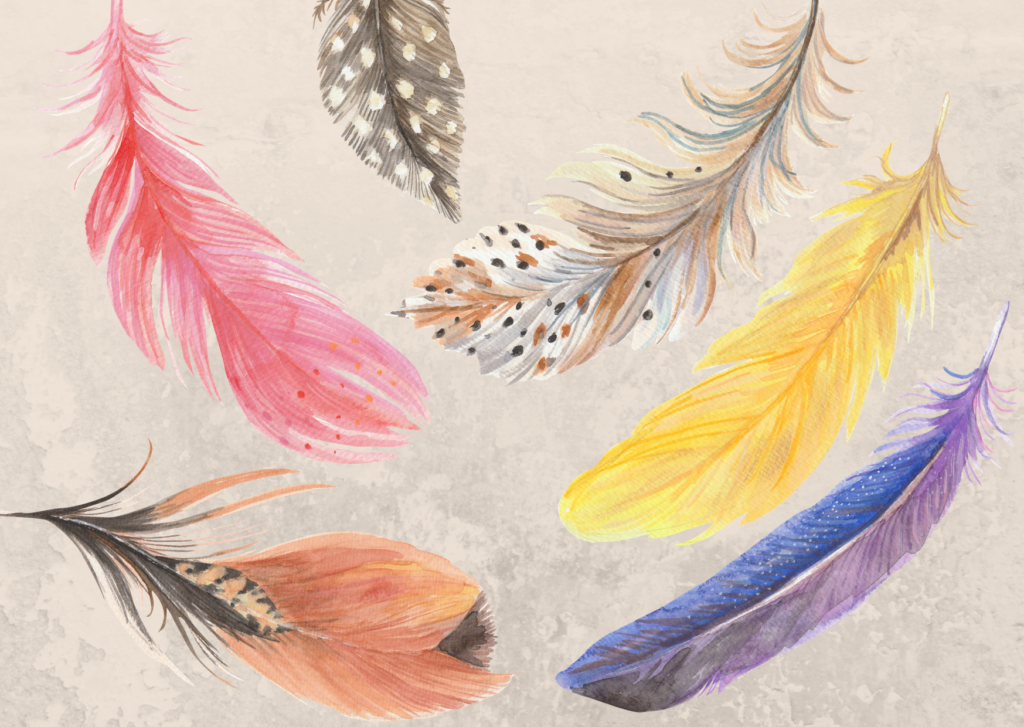
‘Each cultural product/service requires a specific marketing approach, yet creators also learn from one another.’
- Cultural tours can be distributed through tourist apps and websites such as AirBnB, while other cultural content that is relevant to tourists might also be promoted and provide its audience’ access via marketing tools.
- Organizations with larger budget and strong partner network can afford to use traditional advertisement channels such as flyers or commercials. These are still valid in the digital age.
- When utilizing the digital space to advertise using audio-visual content, creators compete with many other offers for the (same) user attention. In this ‘noisy’ environment, the public/users often skip most content or fail to register its uniqueness. This is where attention grabbing techniques such as bright colors, impressive footage and similar come into play.
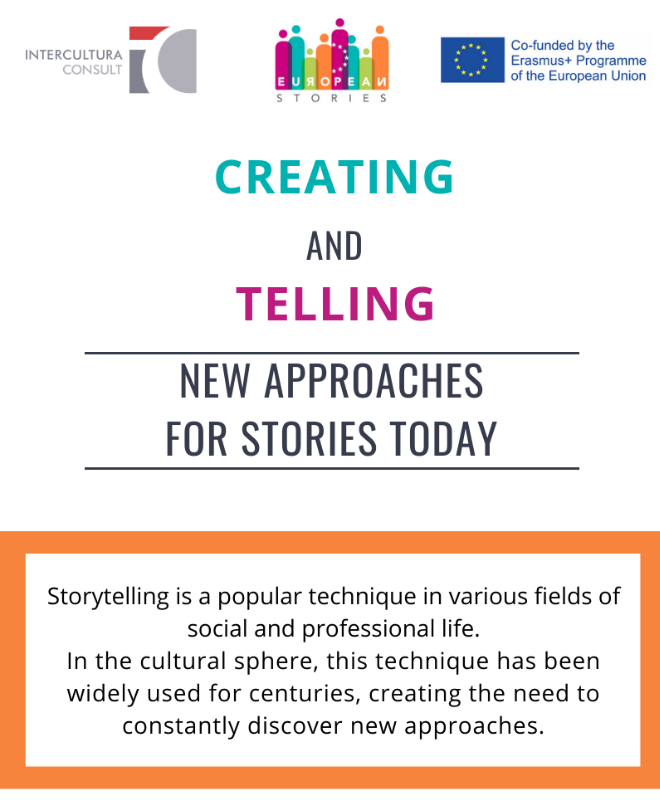
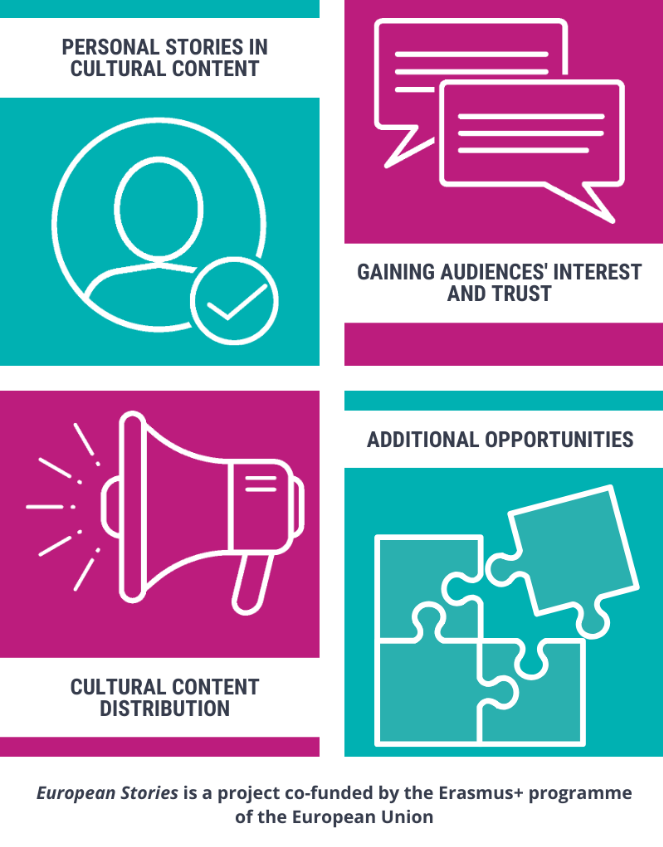
- The organisations and creators also underlined two important aspects in working with storytelling. These are to share experience and successful examples as well as cooperation with other organizations in view of exploring the added value of audiences sharing ‘true’ stories. The last aspect is particularly important in the experience of the participants as in most cases ‘truthful’ content is the most effective tool for engaging people in the long-term. Stories can be true as well as fictional while always creatively narrated. The participation of the audience as co-creators of cultural content at best includes a freedom of choice and creativity which is the basis for personal and unforgettable cultural experience.
Tags:
